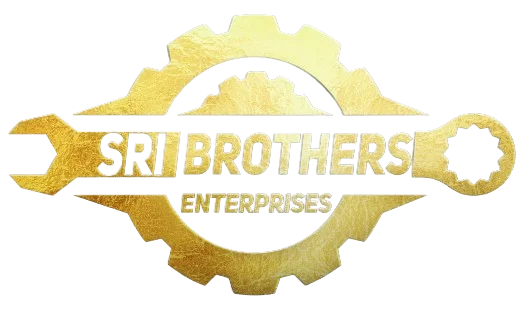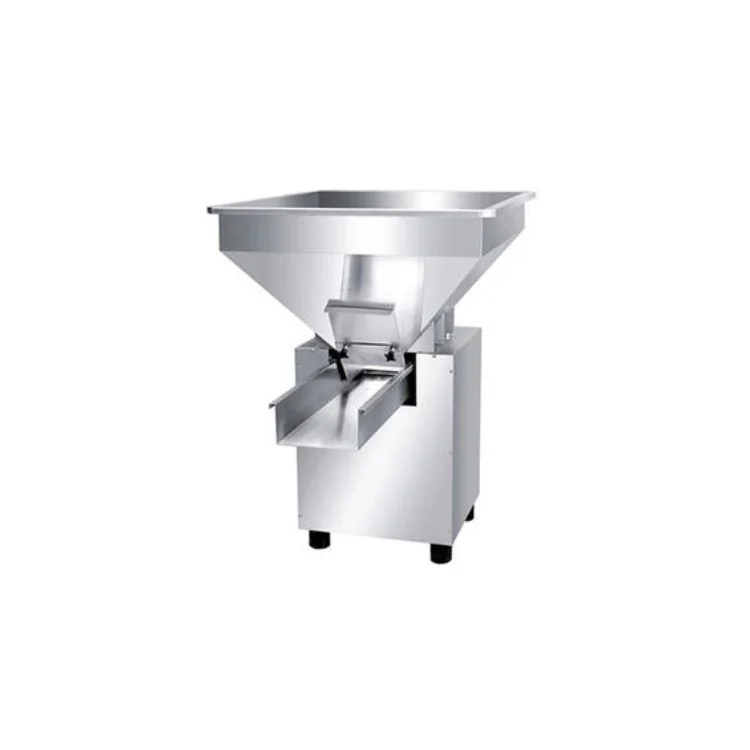Boosting Productivity: How Electromagnetic Vibrating Feeders Can Revolutionize Your Manufacturing Process
Are you tired of inefficient manufacturing processes that slow down your productivity? Look no further than electromagnetic vibrating feeders. These innovative devices have the power to revolutionize your manufacturing process and boost productivity like never before.
Electromagnetic vibrating feeders are designed to deliver precise and controlled amounts of materials to various stages of the production line. By utilizing electromagnetic vibrations, these feeders ensure a continuous and consistent flow of material, reducing downtime and increasing efficiency.
With their ability to handle a wide range of materials, electromagnetic vibrating feeders are perfect for industries such as mining, pharmaceuticals, food processing, and more. Whether you need to transport small granules or heavy bulk materials, these feeders can handle it all with ease, minimizing waste and maximizing output.
How electromagnetic vibrating feeders work
Electromagnetic vibrating feeders are designed to deliver precise and controlled amounts of materials to various stages of the production line. By utilizing electromagnetic vibrations, these feeders ensure a continuous and consistent flow of material, reducing downtime and increasing efficiency.
The working principle of electromagnetic vibrating feeders is based on the electromagnetic coil. When an electric current passes through the coil, it generates a magnetic field that attracts and repels the armature plate. This movement of the armature plate creates vibrations, which in turn, moves the material along the feeder tray. The frequency and amplitude of the vibrations can be adjusted to accommodate different materials and production requirements.
Benefits of Using Electromagnetic Vibrating Feeders in Manufacturing
Incorporating electromagnetic vibrating feeders into your manufacturing process can offer a multitude of benefits.
- Improved productivity: By ensuring a continuous and consistent flow of material, electromagnetic vibrating feeders eliminate bottlenecks and reduce downtime. This leads to increased productivity and overall efficiency of the manufacturing process.
- Reduced operational costs: With precise and controlled material delivery, electromagnetic vibrating feeders minimize waste and eliminate the need for manual feeding. This not only reduces labor costs but also helps optimize resource utilization.
- Enhanced product quality: The precise and controlled material flow facilitated by electromagnetic vibrating feeders ensures that each product receives the required amount of material. This leads to improved product quality and consistency, satisfying customer expectations and increasing customer satisfaction.
Installation and Maintenance Tips for Electromagnetic Vibrating Feeders
Proper installation and maintenance are crucial for ensuring optimal performance and longevity of electromagnetic vibrating feeders.
- Choose the right location: When installing the feeder, make sure to select a location that is free from excessive vibrations, dust, and moisture. This will help prevent any interference with the electromagnetic vibrations and ensure smooth operation.
- Inspect regularly: Regular inspection of the feeder is essential to identify any signs of wear and tear, loose connections, or damage. Inspect the feeder tray, coil, and armature plate for any abnormalities and address them promptly to avoid any disruptions in the manufacturing process.
- Clean as needed: Depending on the type of material being transported, the feeder tray may require periodic cleaning to prevent build-up and ensure proper material flow. Use appropriate cleaning methods and avoid using abrasive materials that may damage the tray surface.
Why Choose Us?
When it comes to boosting productivity and revolutionizing your manufacturing process, choosing the right supplier for electromagnetic vibrating feeders is crucial.
- Expertise and experience: With years of experience in the industry, we have the expertise and knowledge to provide tailored solutions that meet your specific manufacturing requirements.
- Quality and reliability: Our electromagnetic vibrating feeders are built to the highest quality standards, ensuring reliable and long-lasting performance. We use premium materials and advanced manufacturing techniques to deliver feeders that can withstand the demands of even the most challenging production environments.
- Exceptional customer service: We believe in building strong and lasting relationships with our customers. From initial consultation to after-sales support, our dedicated team is here to assist you every step of the way, ensuring your complete satisfaction.
FAQs
An Electromagnetic Vibrating Feeder is a device used to feed bulk materials or granules by vibrating them, typically powered by electromagnetic coils. It utilizes the principle of electromagnetic induction to generate vibrations and convey material.
The feeder consists of a tray connected to an electromagnetic coil. When the coil is energized, it creates a magnetic field that attracts the tray, causing it to vibrate. This vibration moves the material along the tray and facilitates a consistent and controlled flow.
- Precise and controlled feeding.
- Adjustable vibration intensity.
- Minimal wear and tear due to absence of mechanical parts.
- Quiet operation.
- Suitable for a wide range of materials and applications.
The feed rate can be controlled by adjusting the amplitude and frequency of the vibrations. Additionally, the tray design and size can influence the feeding rate.
Yes, they are suitable for food processing as they can be designed with food-grade materials and have smooth surfaces that are easy to clean.
Factors to consider include the type of material to be handled, required feed rate, tray size and design, environmental conditions, and any specific industry regulations or standards that need to be met.

